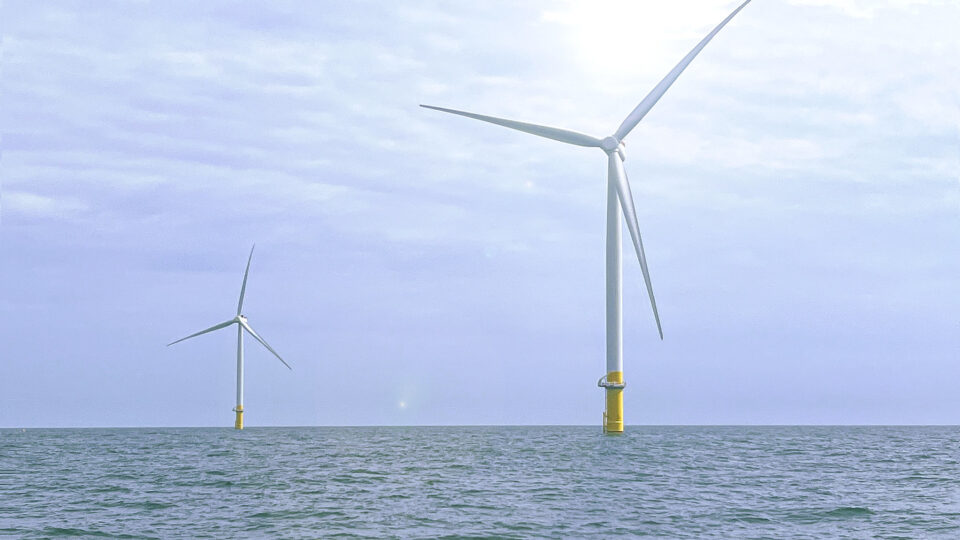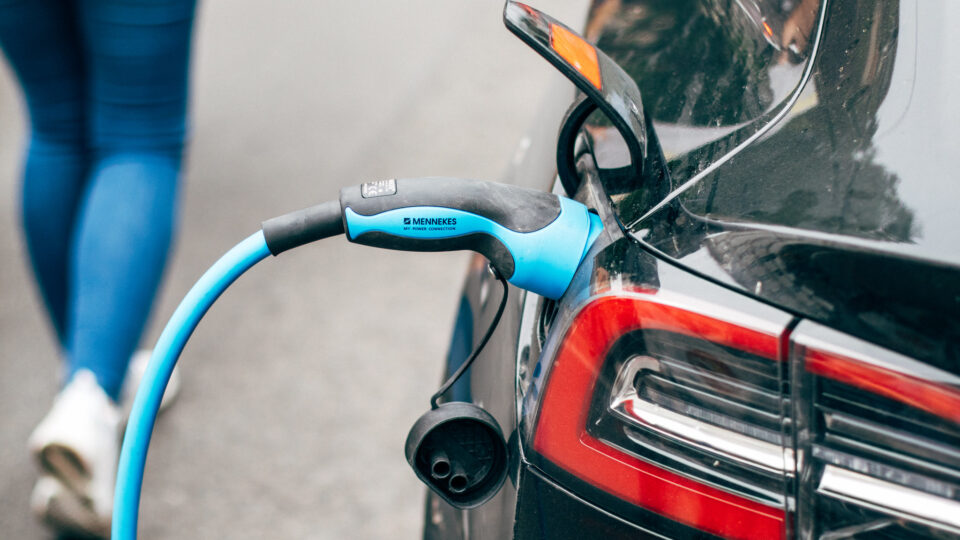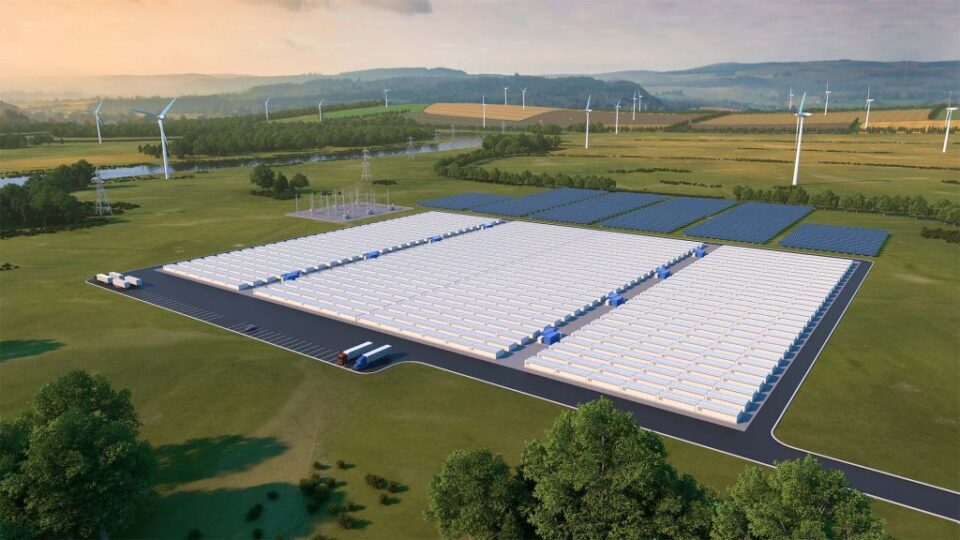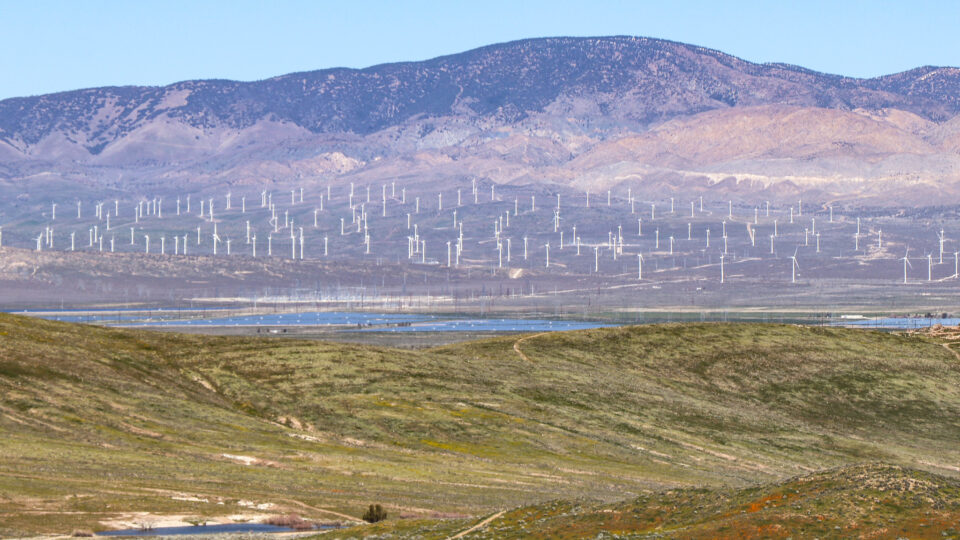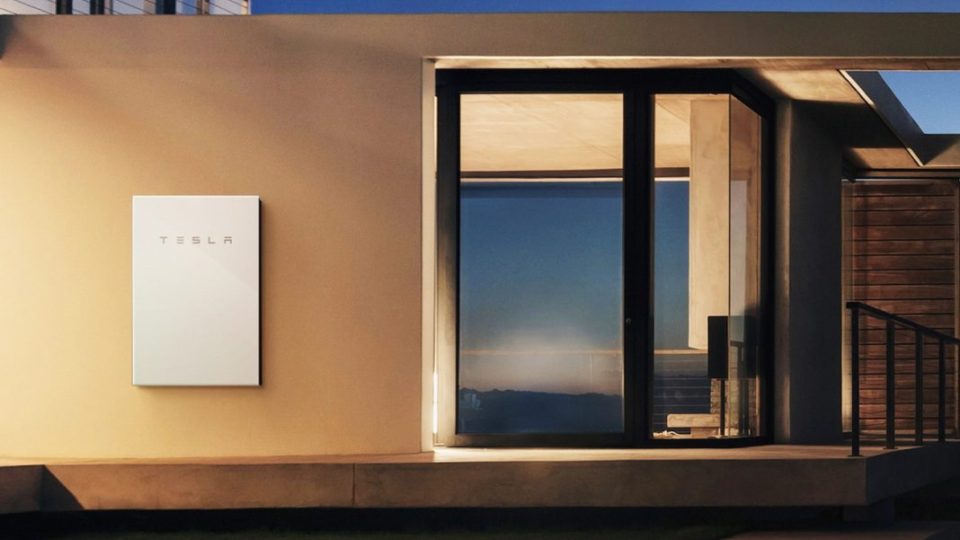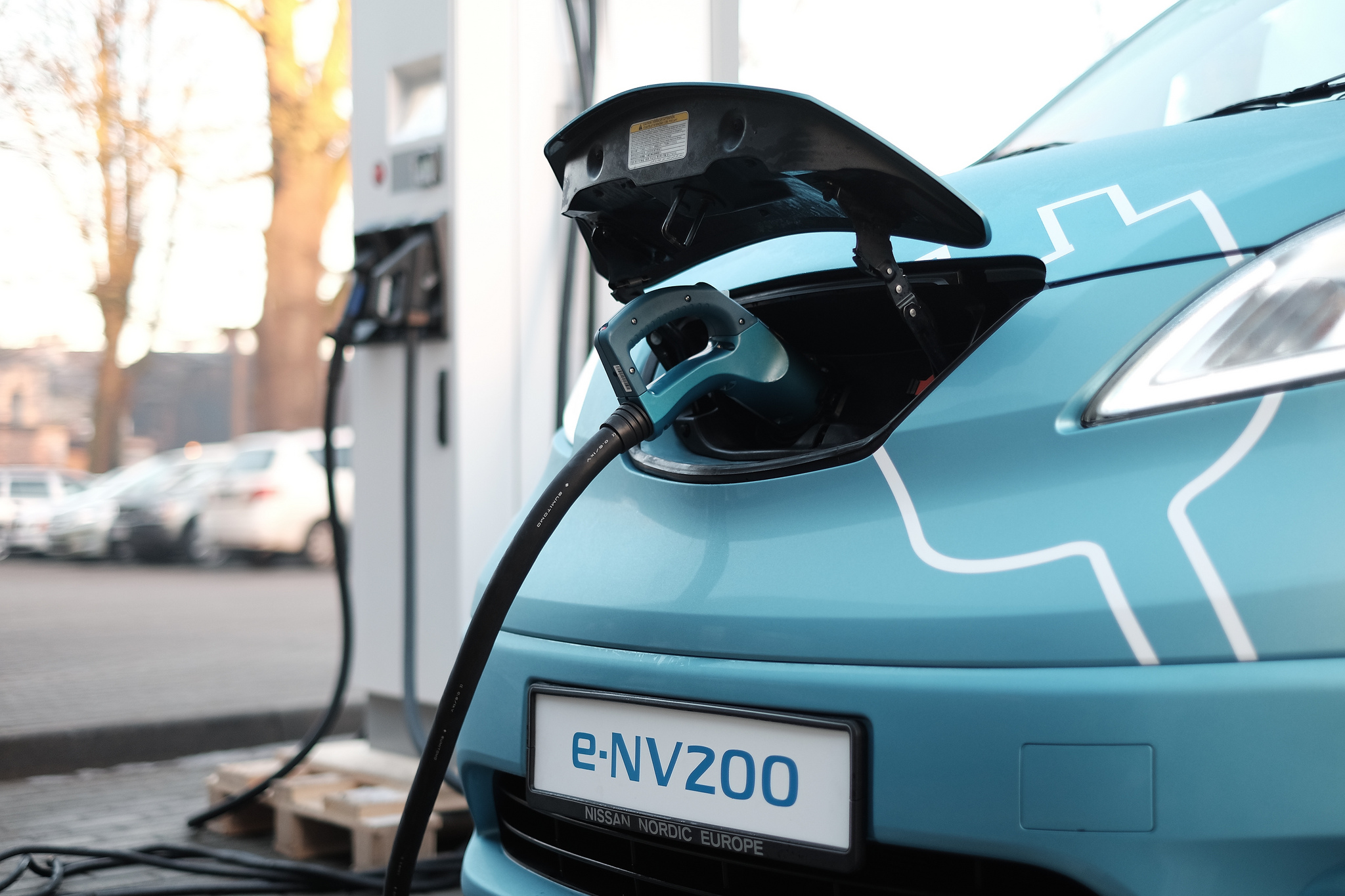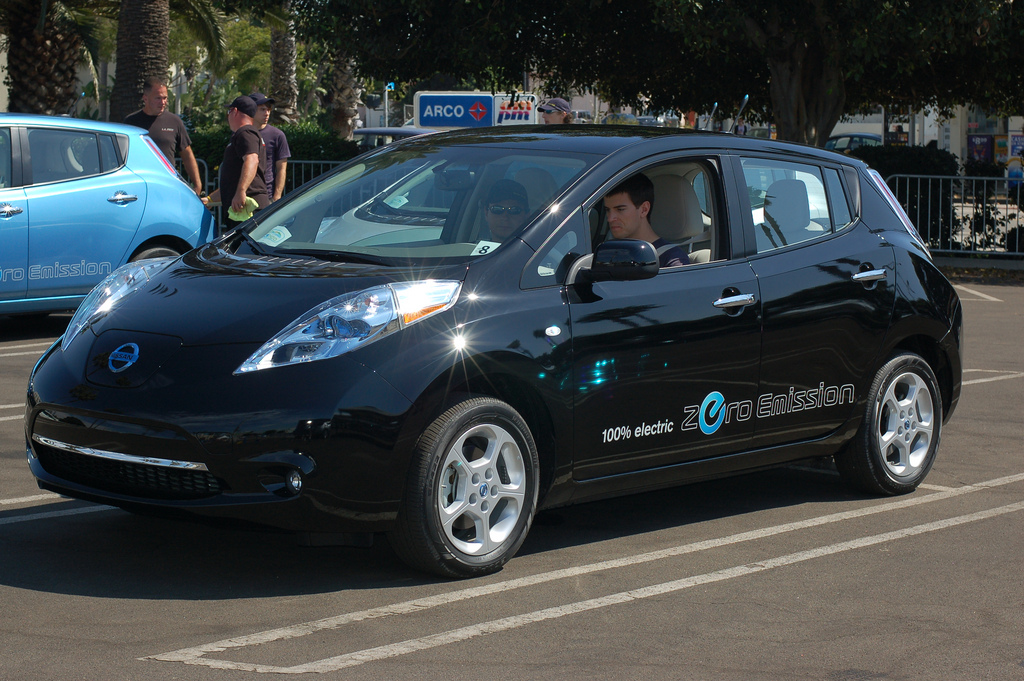The transition away from fossil fuels is driving a rapidly increasing need for batteries. Both electric vehicles and energy storage for the electric grid are enormous consumers of batteries. At present, lithium-ion batteries are almost universally used for these purposes. They have been getting better all the time and cheaper all the time and are likely to be the answer for the foreseeable future. But they are not perfect.
Lithium is only found in a relatively small number of places and mining and extracting it is fairly expensive and environmentally unfriendly. Lithium-ion batteries also frequently contain cobalt, which has its own set of problems. There are also safety issues related to the flammability of lithium-ion batteries.
As a result, there continue to be numerous efforts to identify and develop alternative battery technologies. One of these is sodium-ion batteries, which are similar in many ways to lithium-ion batteries but in which sodium replaces lithium as the cathode material.
Sodium is extremely common – it’s found in ordinary salt – and sodium-ion batteries have a high energy density and are easy to produce. They should have a long lifetime and have a more benign environmental impact than lithium-ion. Many companies and researchers are working on sodium-ion batteries and are making good progress.
A study by Chalmers University in Sweden looked at the potential for sodium-ion batteries and found that the batteries are particularly promising for use in energy storage even in their current state of development and could eventually be used in cars. Whether sodium-ion batteries can be good enough and cheap enough quickly enough to give lithium-ion a run for its money remains to be seen.
**********
Web Links
Resource-efficient and climate-friendly with sodium-ion batteries
Photo, posted March 12, 2013, courtesy of Chris Hunkeler via Flickr.
Earth Wise is a production of WAMC Northeast Public Radio

